History
THE ORIGIN AND TECHNIQUE OF OIL ART 
From the eternal past to the living present: the power of oil paint in every stroke.
Oil painting is much more than an artistic technique: it is a living heritage, a visual language that has crossed centuries without visual language that has crossed centuries without losing strength, beauty or validity. In PÍNTAME VITO SANZ, we work with this technique because we believe in its unique ability to capture the depth of emotions, the richness of details and the permanence of memories.
What is oil painting?
Oil paint is composed of pigments mixed with drying oils, traditionally linseed oil, which allow a smooth, rich and flexible application on the canvas. the canvas. Unlike other techniques, oil paint does not dry immediately, which makes it possible to work in layers, mix This makes it possible to work on the work in layers, to mix colors directly on the surface, to create complex light effects and to achieve complex complex light effects and achieve delicate transitions between tones and shapes. This slowness far from being an obstacle, is a virtue: oil painting invites you to take your time, to build with intention, to paint with soul. with intention, to paint with soul.
An origin full of history
Although there are early traces of the use of oils in painting since antiquity, it was in the 15th century, in the midst of Europe, that oil art took shape and prestige. The credit for perfecting the technique is attributed to the Flemish painter Jan van Eyck, who discovered how to stabilize pigments with oil. how to stabilize pigments with oil to achieve brighter and longer lasting results. results. From there, oil painting revolutionized Western art. Since then, it has been the medium of choice for some of the greatest artists of all time. artists of all time. Leonardo da Vinci, Rembrandt, Caravaggio, Velázquez, Goya, Van Gogh, Monet, Frida Kahlo... all chose oil painting for their most significant works. Why?
Because this medium allowed them to achieve an expressiveness and depth impossible to reach with other techniques. other techniques.
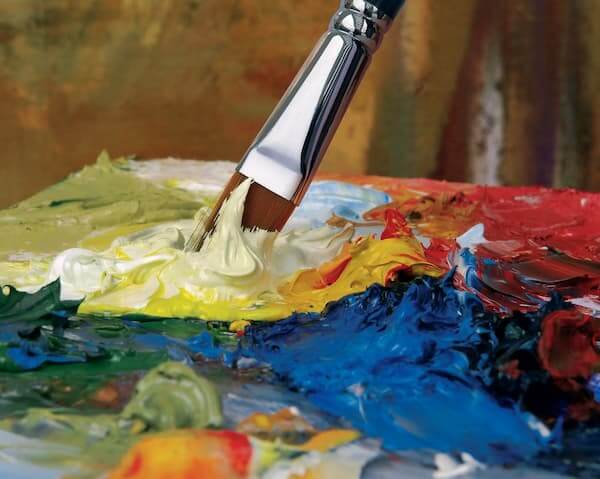
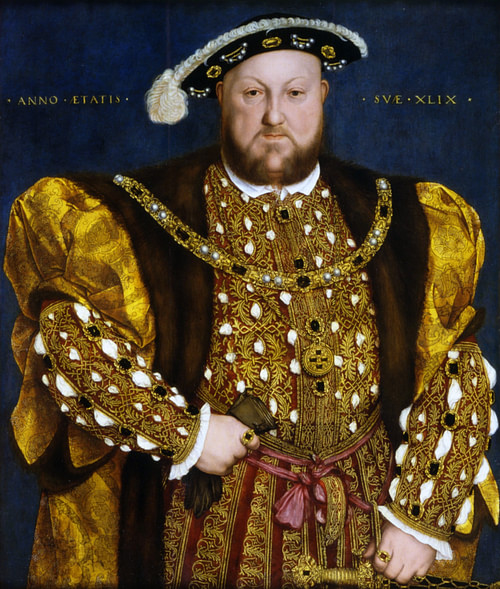
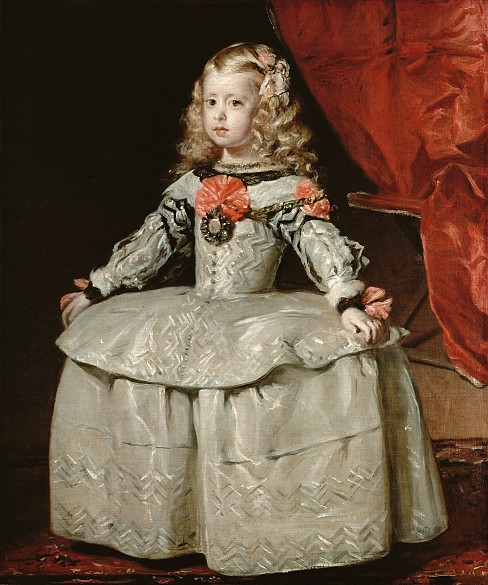
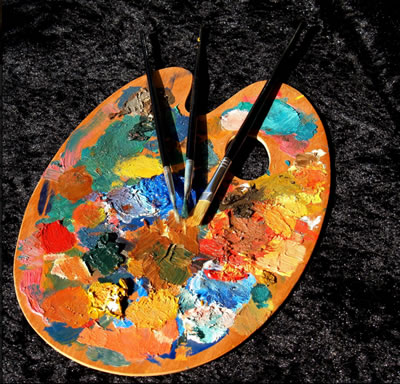
He art of kings
For centuries, oil painting was the preferred medium of royalty, nobility and the cultural elites of Europe. cultural elites of Europe. Commissioning a portrait in oil was much more than an aesthetic decision: it was an act of prestige. an act of prestige, social affirmation and permanence. An oil portrait not only spoke of who you were in life, but of how you wanted to be remembered for generations.
The palaces of Spain, France, England, England, Austria and other European courts were filled with monumental portraits, hand-crafted by the most talented artists of their time, whose work was whose work was considered worthy of kings. Painters such as Diego Velázquez, who portrayed
Philip IV and the Infanta Margarita; Hans Holbein the Younger, who immortalized Henry VIII of England; or Francisco de Goya
Henry VIII of England; or Francisco de Goya, who depicted the family of Charles IV, used the oil, oil to capture with solemnity, detail and symbolism the power, sensibility and character of the portrayed character of the portrayed figure.
These portraits were not decorative works: they were legacy statements. From the choice of choice of colors to the objects that accompanied the scene, everything was designed to convey a message. convey a message. The background, the clothing, the posture, even the gaze of the sitter, were carefully planned to project authority, authority, authority, and authority. carefully planned to project authority, lineage, spirituality or humanity. Oil paint, because of its depth and durability, was the perfect vehicle for all of this. Today, that same tradition, that of turning someone into a work that lasts, is still alive. At
PÍNTAME VITO SANZ, we paint with the same intention with which we painted for royalty: to honor existence, capture the essence and give the human face the place it deserves. royalty: to honor existence, capture the essence and give the human face the place it deserves in art.
A technique that demands soul and precision
Oil painting is an act of patience and vision. It involves understanding how color behaves in layers, how color behaves in layers, how light and shadow act when they slowly blend together, how volumes are built from volumes are constructed from transparencies and glazes. Some of the most emblematic techniques include:
Gras over lean: applying fatter layers over thinner layers to prevent cracks over time.
Veladura: superimposing transparent layers to create depth and gloss.
Impasto: applying dense, textured paint to give visible volume to the line. stroke.
Alla prima: painting directly without intermediate layers, with freshness and spontaneity.
Each oil painting is an exercise of balance between the technical and the emotional. It requires time, but also sensitivity. Technique, but also intuition. That is why, despite the centuries, oil painting remains the heart of classical and contemporary painting.
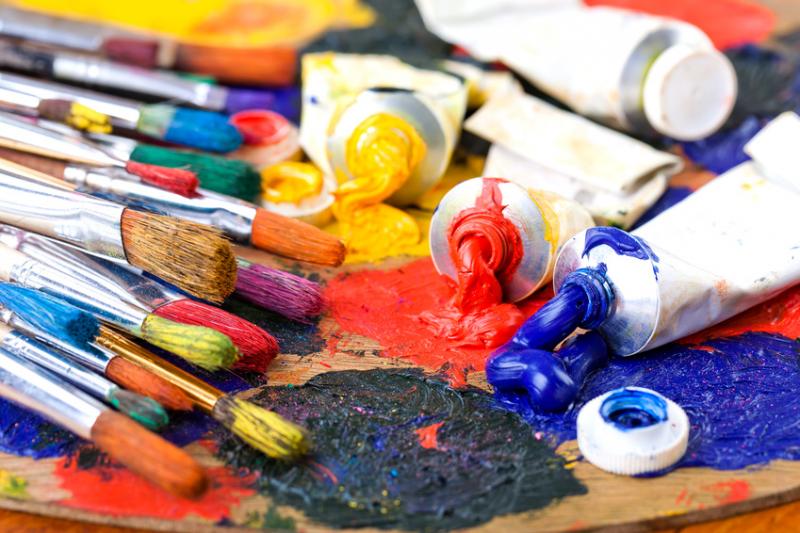
In PÍNTAME VITO SANZ, this story continues.
Working with oil is not just any choice: it is a declaration of respect for tradition and commitment to quality. tradition and commitment to quality. In every work we do, there are centuries of history behind it. history behind it. Each brushstroke is a silent conversation with the great masters of the past, and a promise of the past, and a promise that art, when done with soul, never dies.
